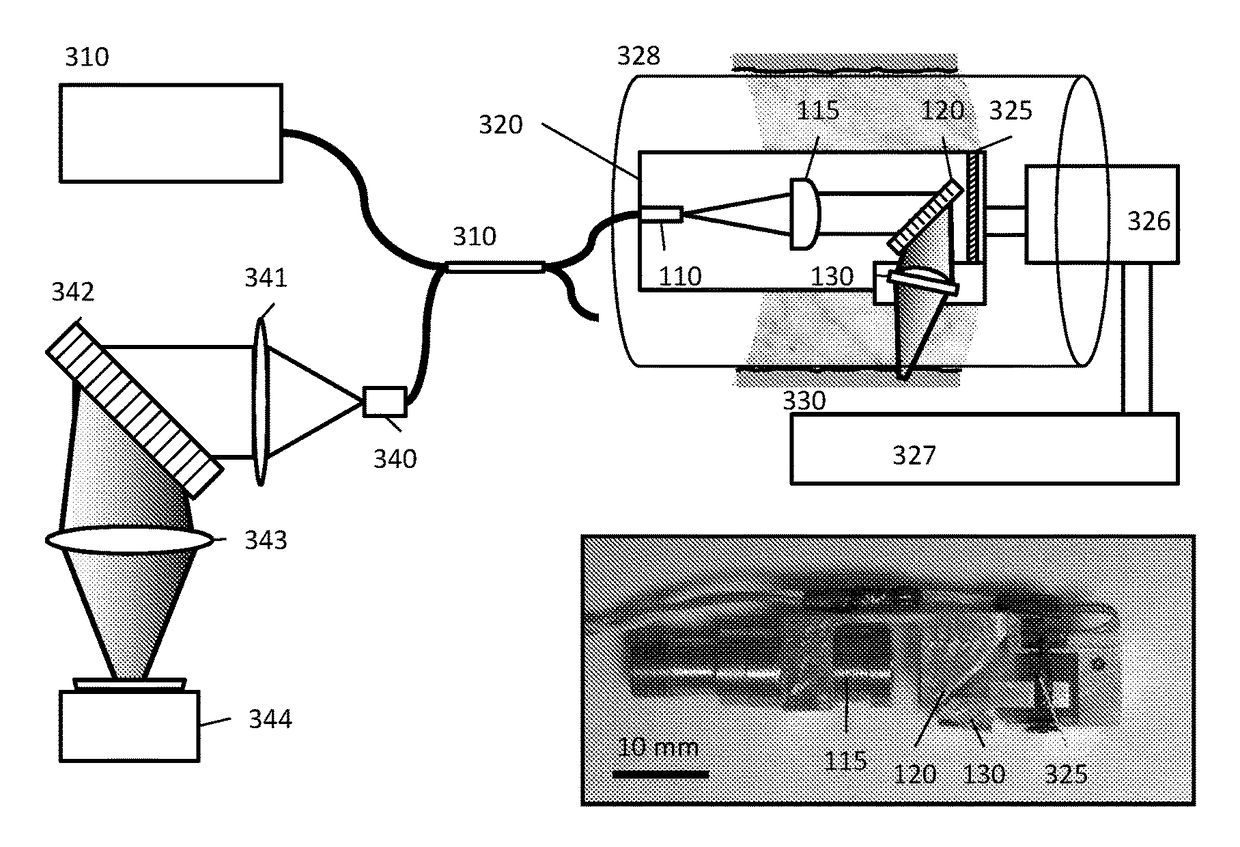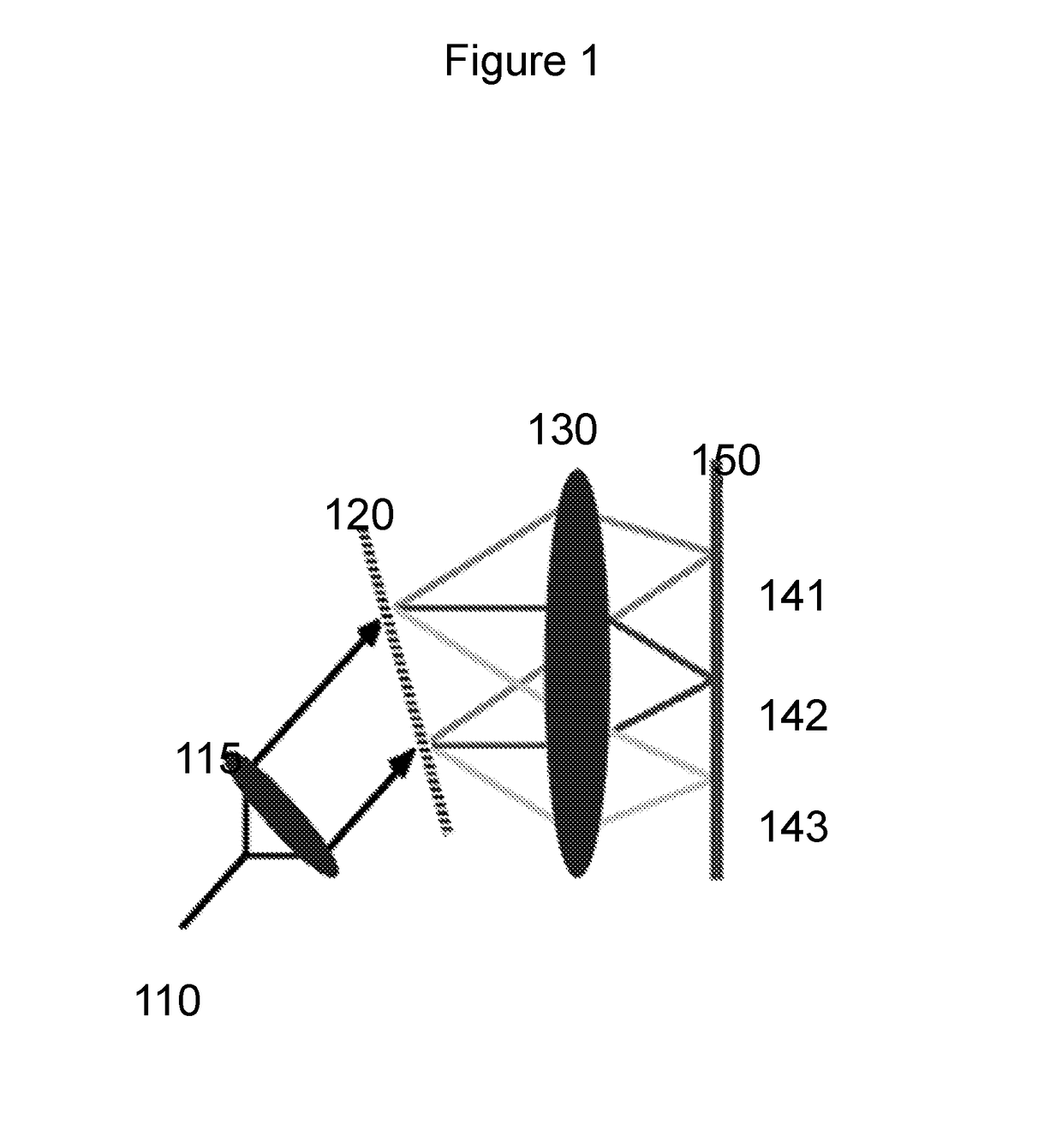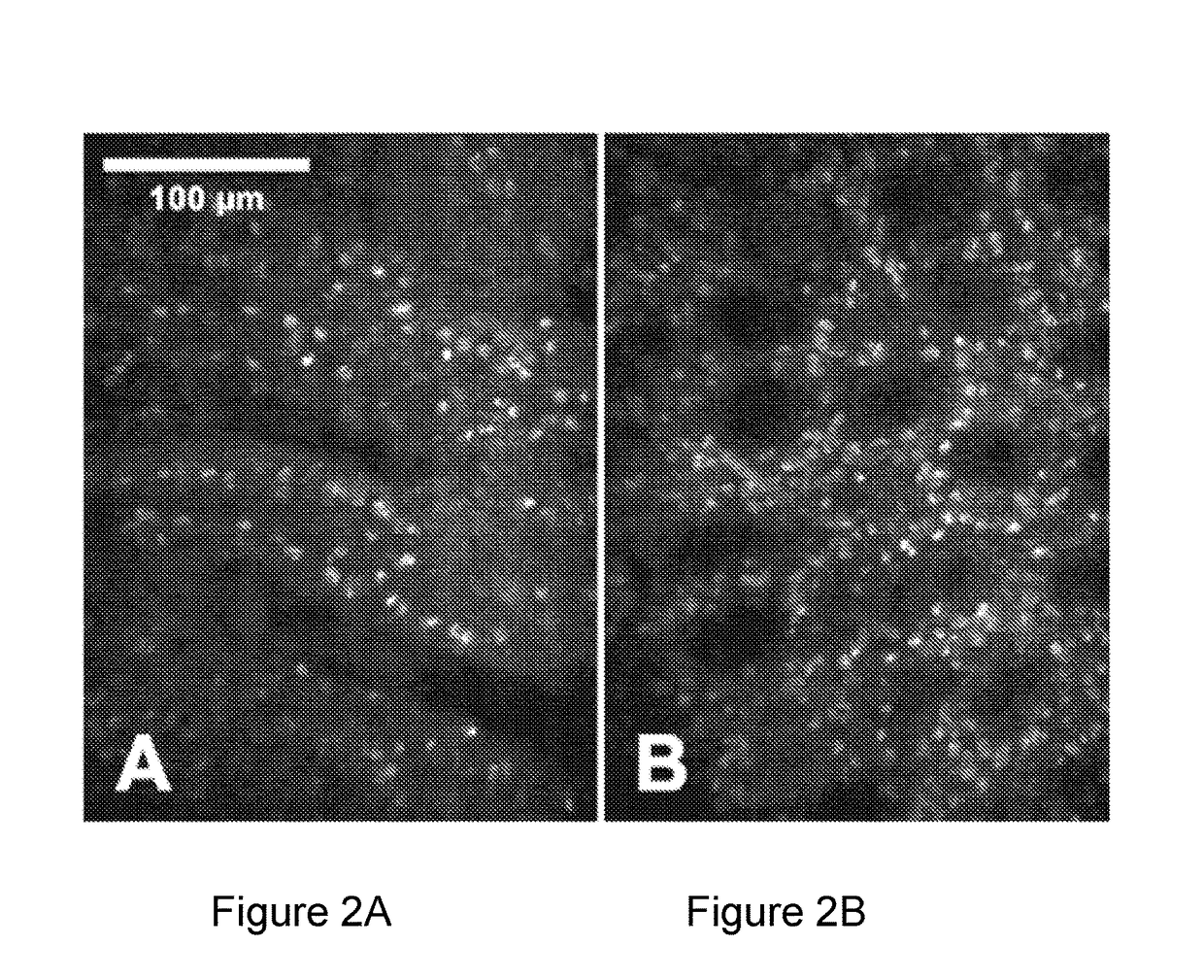Endoscopic biopsy apparatus, system and method
a biopsy apparatus and endoscope technology, applied in the field of endoscope biopsy systems, can solve the problems of poor diagnostic yield, uncertain patient management, and early cancer that cannot be visually identified, and achieve the effects of improving the diagnostic capability of surveillance endoscope, reducing mortality, and being safe and well tolerated
- Summary
- Abstract
- Description
- Claims
- Application Information
AI Technical Summary
Benefits of technology
Problems solved by technology
Method used
Image
Examples
Embodiment Construction
[0023]Thus, at least some of these issues and / or deficiencies can be addressed with the exemplary embodiments of the apparatus, system and method according to the present disclosure.
[0024]Exemplary embodiments of the present disclosure provides mechanism and a methodology for automatically maintaining the foci at a desired tissue depth while scanning the spectrally encoded line across the sample. This exemplary advancement can compensate for patient motion and enables imaging at multiple depth locations. Further, in one exemplary embodiment, it is possible to conduct a large area confocal microscopy in patients by incorporating these technologies in an endoscopic probe suitable for human use.
[0025]According to another exemplary embodiment of the present disclosure, an apparatus can be provided. The apparatus can comprise at least one dispersive first arrangement which is configured to provide data associated with a signal received from at least one region of the sample(s). The exemp...
PUM
 Login to View More
Login to View More Abstract
Description
Claims
Application Information
 Login to View More
Login to View More - R&D
- Intellectual Property
- Life Sciences
- Materials
- Tech Scout
- Unparalleled Data Quality
- Higher Quality Content
- 60% Fewer Hallucinations
Browse by: Latest US Patents, China's latest patents, Technical Efficacy Thesaurus, Application Domain, Technology Topic, Popular Technical Reports.
© 2025 PatSnap. All rights reserved.Legal|Privacy policy|Modern Slavery Act Transparency Statement|Sitemap|About US| Contact US: help@patsnap.com



